Novels have always followed a structure – there is a cause, and then follows the outcome. If it’s romance, the cause is the shenanigans of the protagonists, with the outcome being their happily-ever-after romance. Or if it’s a mystery, the cause happens to be a character-specific conflict, with a nail-biting mystery as its effect.
But there exists a genre that doesn’t exactly follow the structure. Instead, it clubs together genres like fantasy, horror, sci-fi, and speculative fiction to create the strangest characters existing in the wackiest plots. Very aptly, it is also called weird fiction!
What is Weird Fiction?
Weird fiction is the oddball subgenre of speculative fiction, taking defining elements from horror and fantasy and interpreting them radically. There is no way you can fit this genre into one definition since it is a melting pot of other genres with no hard and fast rules. This is precisely why a weird book can get categorized under a different genre. Understanding its defining elements – which makes the genre what it is – is the key here.
Weird fiction takes part in weaving unpredictable stories borne out of subverting traditional conventions of its parent genres. These books may contain monsters and similar fictitious characters, but they deviate dramatically from the traditional mould.
An explanatory example here is H.P. Lovecraft’s Cthulhu Mythos and how it diverts itself from traditional mythologies. This mythos has entities that are ancient and powerful, exactly like conventional gods. However, while traditional ones are benevolent to society, these are indifferent or plain dangerous to humanity. Cthulhu Mythos also diverts itself from traditional mythologies by focusing on existential dread and the insignificance of humanity.
As is evident, even the idea of such creatures puts feelings of fear and unease in a reader’s mind. You are just unable to grasp anything beyond the fact that these entities are terrifyingly creepy.
That’s exactly how the genre functions. It takes the readers’ fascination with the unknown and adds in the feelings of discomfort and unease to put the audience on edge. The authors usually achieve this by delving into different spiritual and existential human conflicts. The genre essentially gives you a framework for horror, banking on your mind’s imagination to creep you out.
According to Lovecraft, the laws of nature face a hostile removal here, and the pandora box of the unknowns is let loose. As a result, the genre’s framework can be seemingly limitless, opening up an even bigger avenue for each author’s boundless imagination.
Source of the Cthulhu fanart: https://lovecraft.fandom.com/wiki/Cthulhu_Mythos
The History of Weird Fiction
Weird fiction is strongly rooted in gothic and horror fiction, with many works containing traces of the genre. However, rather unsurprisingly, Edgar Allan Poe is attributed to be one of the early pioneers of the genre. His style of writing macabre and supernatural, as Lovecraft observes, is profound, aligning well with the genre’s essence. In particular, he indulged in painting horrifying pictures with unlikely monsters such as a grimy worm (The Conqueror Worm) or a Death’s Head Hawkmoth (The Sphinx).
The late 19th century and early 20th century saw authors like Robert W. Chambers, Lord Dunsany, and Franz Kafka following Poe’s footsteps. Eventually, a segment of literature was born, which became the meeting point of genres of fantasy, horror, and sci-fi. Around this time, pulp magazines, such as Weird Tales, Strange Tales, and Unknown Worlds, began publishing such stories, further popularizing them.
H.P. Lovecraft finally gave the genre its name – Weird Fiction – in his essay Notes on Writing Weird Fiction. He describes it as –
…something more than secret murder, bloody bones, or a sheeted form clanking chains according to rule. A certain atmosphere of breathless and unexplainable dread of outer, unknown forces must be present… a malign and particular suspension or defeat of those fixed laws of Nature which are our only safeguard against the assaults of chaos and the daemons of unplumbed space.
However, by the late 20th century, a shift was seen, as more authors invited speculative fiction elements in the already established parameters. This subgenre, New Weird, focused on physical terror, sci-fi tropes, and traces of complex fantasy. Many authors proudly deem themselves as a part of this new wave, including M. John Harrison, China Miéville, and Jess VanderMeer.
Weird Fiction Books
Certainly, weird fiction is the type of genre that will repel many readers. But if you are already a fan or just want to feel that repulsion, there is no better way than to get your paws on these fascinating books. What’s more, the ones mentioned here are very recently published!
-
There is No Antimemetics Division – QNTM [Sam Hughes] (2021)
Even the summary of this book will have a slight shiver run down your spine – it’s that weird! Written by QNTM (read as Quantum), There is No Antimemetics Division focuses on Marion Wheeler, the head of the titular division. Her work is easy – making people forget their memories by ruining them. But it has also led to people forgetting her or the existence of this division – and even she forgets that sometimes.
But her work is important as there are creatures who feast on memories and the information they carry. If they get to you, you’d be erased, as if you never existed, when you are literally right here. There are drugs to either enhance or forget memories, but these countermeasures are apparently slower than the antimimetic creatures.
The book is divided into short chapters focusing on different characters as they guard their memories. The structure seems disjointed but it all comes together by the end – a technique that also matches the book’s theme! There are obvious traces of Lovecraftian horror in the book, hidden in the eerie setting, unconventional creatures, and existentialist themes.
More importantly, the fact that this apparently fictional story seems plausible in reality is what makes this novel a quintessential weird fiction example.
-
Wildlife – Jeff VanderMeer (2022)
Jeff VanderMeer works in ecological horror in Wildlife, the second instalment of the Trespass Collection series. The protagonist, Sam, has just moved to her deceased father’s house which sits on a ravine where foxes, armadillos, and racoons run free. She has a deadly secret, which has forced her to move to this remote area and decide never to take a life. Surprisingly, the ravine becomes her safe haven, and she puts up trail cameras to watch the animals obsessively.
But trouble knocks on her in the form of her neighbour, Zanth. He doesn’t respect the nature around him, killing everything on sight, and the two clash quite frequently. His presence adds to Sam’s growing suspicion and feeling unsafe as strange things start haunting her place.
You’d think it’s a horror story revolving around two characters – and you’d be completely wrong. Because the theme of Wildlife is essentially nature and how it responds to humans who nurture and destroy it. The story is filled to the brim with mystery and thrill. The short story gets even more exciting with the supernatural entity that seems to be dwelling in the ravine. But its existence in the wild and how it moves is fundamentally different, making the tale even spookier.
The ending is open to interpretation, which many weren’t able to stomach, but it only adds more to the uneasy atmosphere VanderMeer paints!
-
Helpmeet – Naben Ruthnum (2022)
In Naben Ruthnum’s Helpmeet, the story develops in a nuanced way, which you can interpret in different ways. The story goes like this – Dr Edward Wilk, thanks to his philandering ways, has contracted a weird disease. Instead of condemning him, his wife, Louise, dedicates herself to fixing him. But it is only later that she realizes what’s afflicting him is not a disease, but something much deadlier – and it may affect her too.
This award-winning novella doesn’t shy away from describing body horror in detail. An ailing body, and the attached grotesque changes, are vividly descriptive, and it will have discomfort running up your spine. As if that’s not enough, the antagonist is a flower-like demon, who compels Louise to take residence in her now-dead husband’s de-boned body.
Since it’s set in the 1900s, the setting is as realistic as it gets. But the horror elements existing against such a setting create a jarring picture, one that is sure to give you the creeps. However, while the novella caters to the baser instincts, it also paints a symbolic picture, as visible even in the title, Helpmeet. It is a Biblical term used to capture Louise’s unflinching devotion to Edward, even if the latter is unreliable, creepy, and later, a monster.
A lot is going on in this less-than-hundred-page novella, but that’s weird fiction for you!
Final Words
Weird fiction is one of the more demanding genres literature offers to readers. How so? Because it demands you to immerse yourself in the unknown and surrender to the discomfort it brings. However, despite that feeling of unease – that never leaves – the genre is addictive. All it takes is reading one work to keep coming back for more weird fiction!

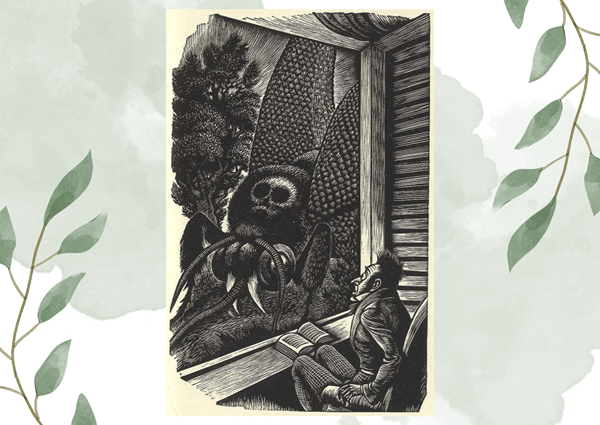
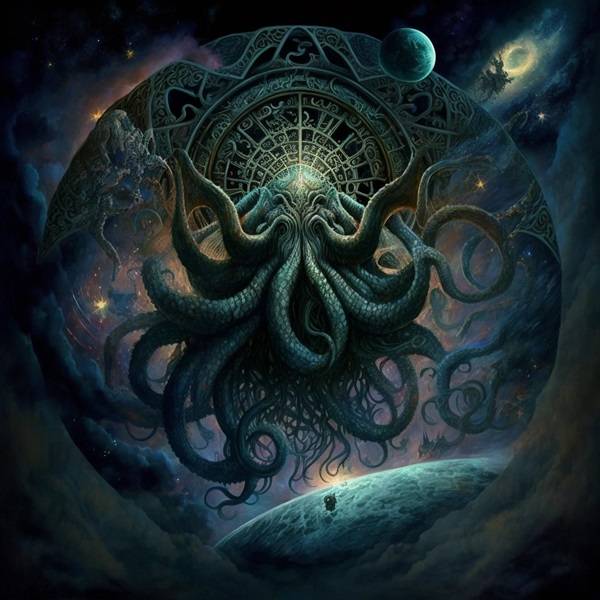
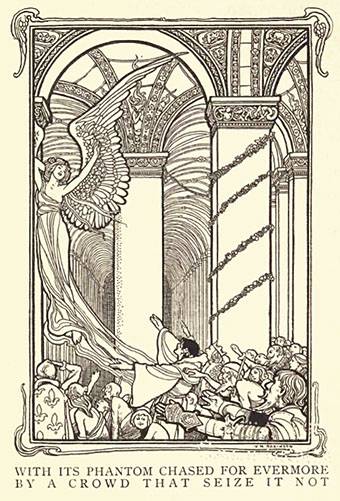
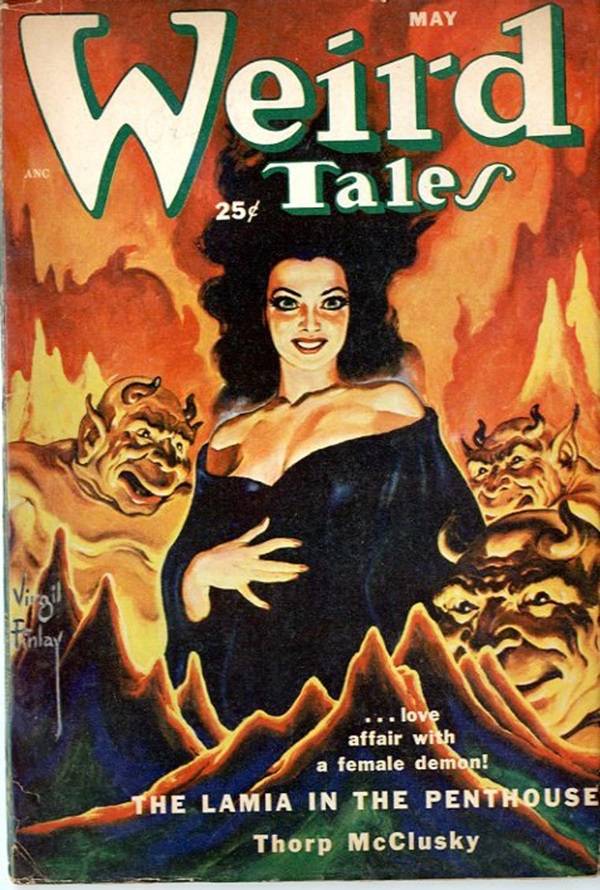
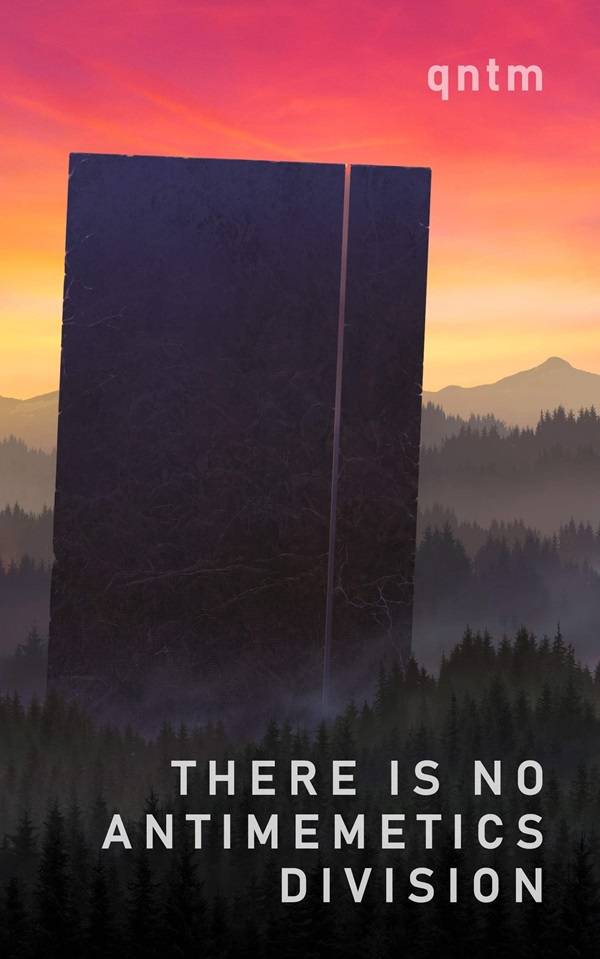
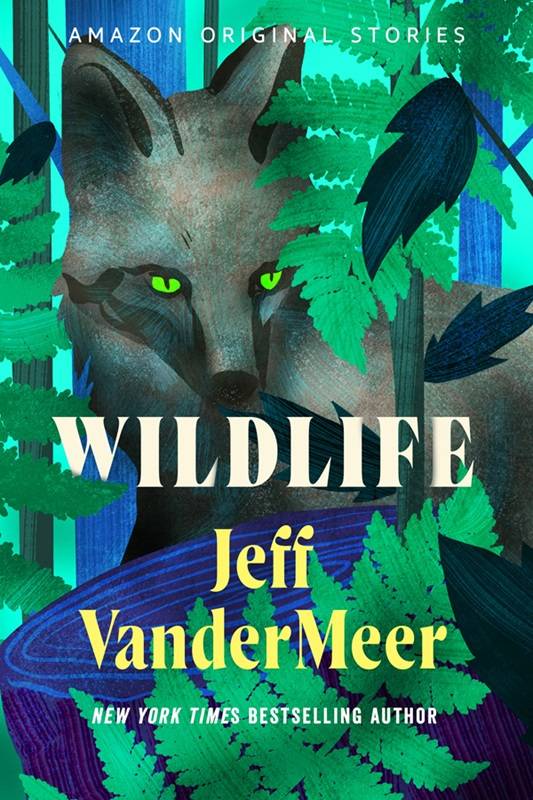
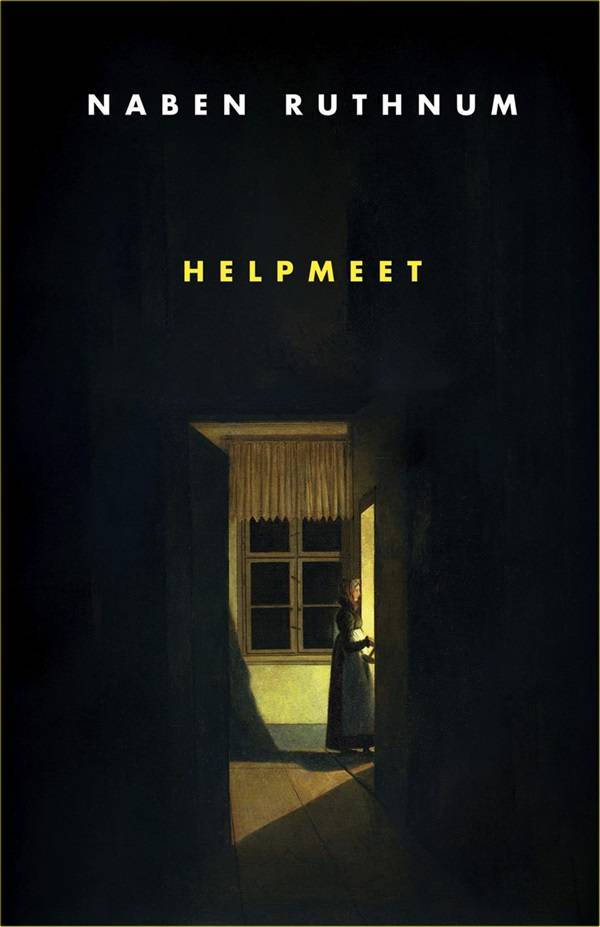
Definitely adding them to my tbr list !
This looks so interesting! You’ve introduced me to a whole new genre. Will be checking these out!